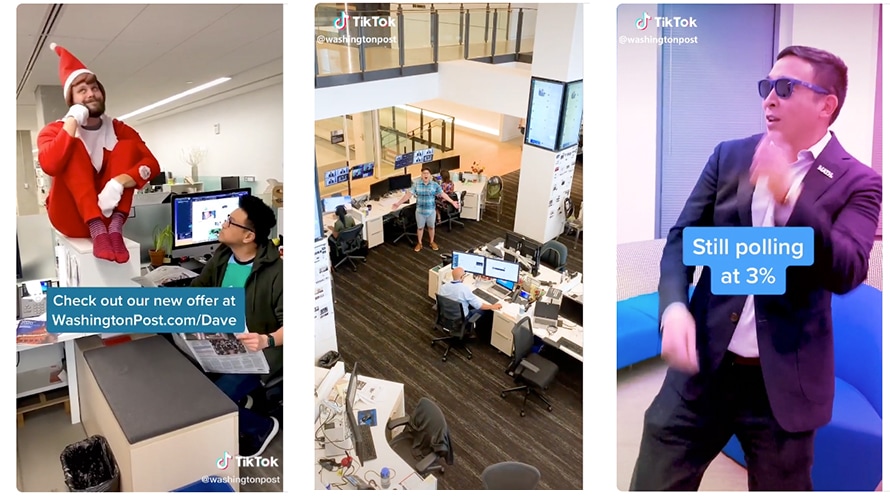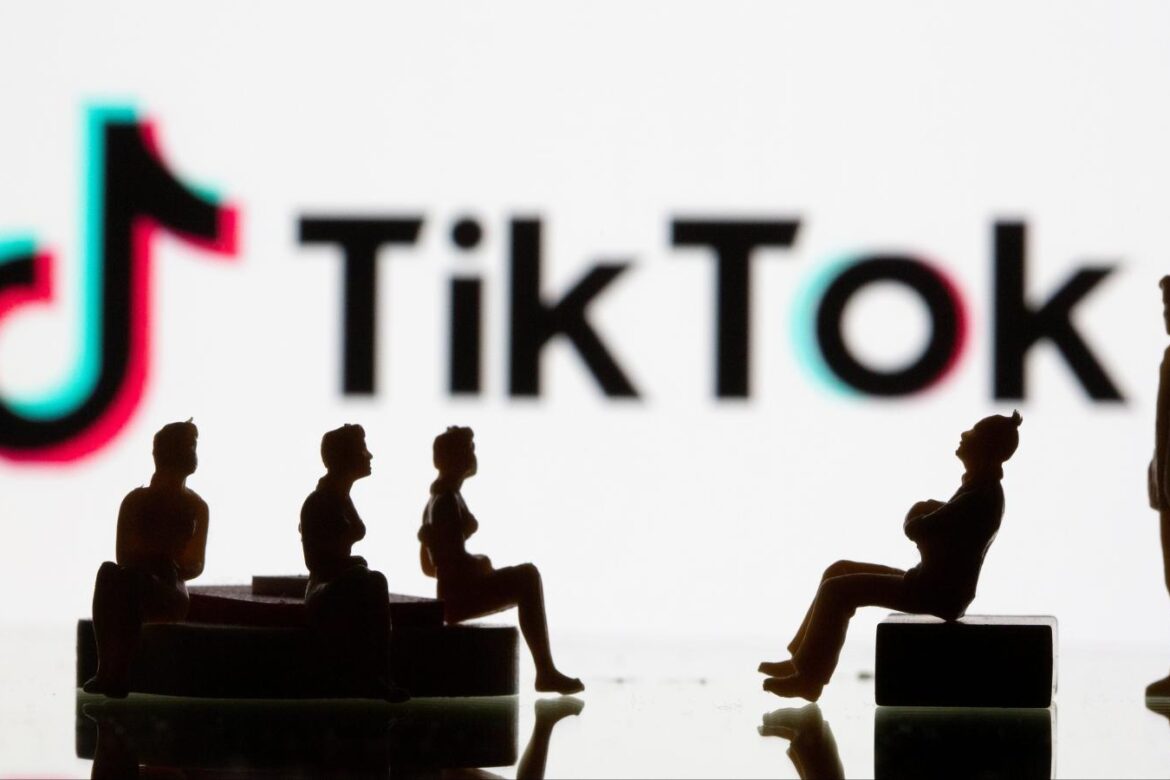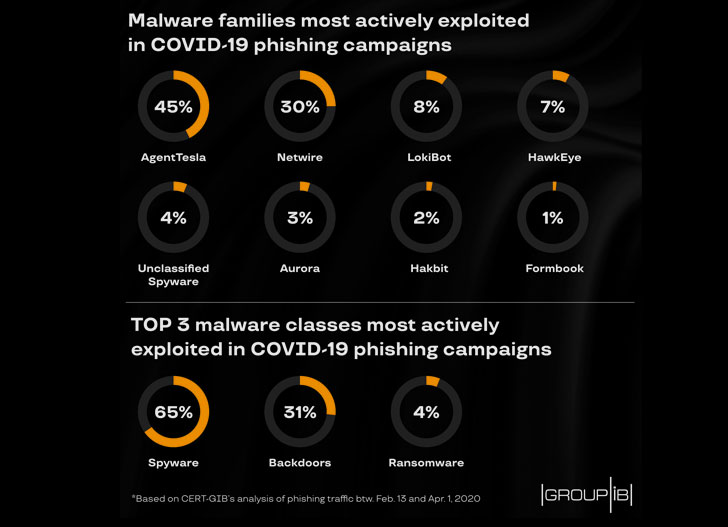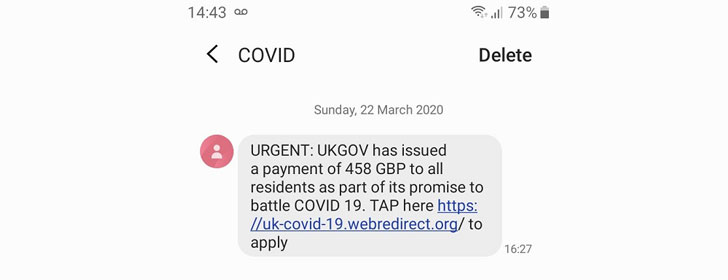Is TikTok Right For My Business?
TikTok is a video-sharing app. Users can record videos that are up to 60 seconds in length and there are a variety of filters and effects to use, as well as A LOT of music that users can introduce into their video clips.
Brands are an important part of the TikTok experience. Whether they are starting trends, connecting communities, or bringing awareness to critical public service initiatives, brands are creating authentic audiences built on the foundation of sharing joy.
While Gen-Z is using the platform to show their creative side, brands are also beginning to experiment. With TikTok being such a young app, many marketers may be wondering, “Is this app even worth it for my brand?”. TikTok is quirky by nature, so brands need to be creative to truly engage their audience.
To participate in the self-serve paid advertising platform on TikTok, you will need to create some kind of video (or reach out to a TikTok marketing firm to see if they have resources for getting videos created).
If you are looking to promote to a younger crowd, then TikTok may be your platform. Nearly 25% of all of Australia’s Generation Alpha are on the platform. It’s also wildly popular with females, as 1 in 10 females in Australia now use the app (compared to 1 in 20 males). February saw 1.6 Million Aussies and Kiwis using TikTok but, because of quarantining and social distancing, that number had ballooned to nearly 2 million in just a matter of months!
TikTok’s current big brands are using the platform for brand awareness rather than generating traffic or leads. In doing so, they are effectively engaging younger audiences by showing off a lighter more relatable side of themselves using funny videos, trending challenges, and other strategies that are unique to the platform.
“TikTok is about real life. Real people.”
The Washington Post uses the platform to showcase the action inside the newsroom and build trust with TikTok’s young viewers.

Organic TikTok Marketing
Video content is the central experience of TikTok. You can create clever videos based on your brand, product or service and watch relevant short videos related to your industry to get inspiration from what others are doing in this space. The video you produce can be uploaded or you can create it within the app itself.
Creating unique, entertaining, engaging, and thought-provoking content is the best way to organically market your company on TikTok. As you start posting more unique content with appropriate descriptions and hashtags, more viewers will see it. As more people like, share, and comment on your videos, you will start to gain traction with others’ For You pages.
Organically promoting your brand on TikTok through third-party services or apps seems to be hit or miss. E.g. Telling your Facebook followers to go check out your new TikTok may not get the results that you were looking for.
You should take plenty of time to sit down and get a feel for the app. Learn what makes other videos so popular, and see how it translates over to your brand or your company’s products or services. Again, a content creation service is always a good option for those that need some help.
Paid TikTok Advertising
Paid Self-Serve Ads – TikTok has recently brought their self-serve advertising platform to the Australian and New Zealand markets. The layout is somewhat similar to other self-serve advertising platforms, such as Facebook ads. You can target specific types of people in specific areas. You can also make use of their re-marketing features that let you show video ads to people that have visited your website or blog, signed up to your email list, or even watched a specific YouTube video.
TikTok Influencers – As with any social media platform there are some wildly popular big-name users who have amassed huge followings. And although you personally might not be able to see why these users are so popular, their followers adore them and will jump on any product or service that these influencers recommend. Reaching out to influencers in relevant industries (e.g. find a popular TikTok cook and pay them to recommend or use your cutting boards) is a great way to pay for some seemingly organic promotion.
Create Your Brand On TikTok
Before you worry about which route you’re going to take, simply download the app and create a profile for your brand. Use relevant usernames and logos, and just sit back and scroll. If you see any videos that you feel are relevant to your industry or brand, give the video a like.
Should you use TikTok for marketing?
To answer this for you, the questions that you really need to ask first are:

- Are your desired audience millennials?
- Is your product or service geographically limited?
- Is your budget limiting and inflexible?
If you answered “yes” then “no, no” – this social media app is perfect for you to advertise on! However, you still have to consider how you’ll optimise a campaign for your specific business. How will you reach your goal? What are the key characteristics of your audience?
TikTok is a fast growing advertising platform, so if they review their targeting options it would definitely be promising for many businesses to utilise as part of their marketing strategy.
Contact us today to see how he can help you use TikTok to leverage your brand and find new customers! In the meantime, check out these popular Australian TikTok accounts:

















